You hear it everywhere you turn, be careful you’re going to fall, be careful you’re going too fast, be careful you might slip… but is this concern over safety actually helping our children?
Here’s why kids not only love risky play but desperately NEED it and how you can keep your cool allowing them to take appropriate risks.
FREE: 3 Steps to Solve Any Parenting Problem
Everywhere we look our children seem to be drawn to risky activities. From fire to knives to riding their bikes as fast as possible, everywhere they see fun we see danger signs.
In our culture we try to make things more and more safe, to almost bubble wrap our children. We’ve made it so safe that playgrounds today have become quite boring. They are not the same “hold on tight” or you’ll literally fall off the merry-go-round playgrounds they once were. On the surface this seems good, no one wants to see kids get hurt. But, our kids are now missing out on the physical and mental strength gained through challenging, risky play.
 Risk is incredibly important for our children's safetyvia @ParentingJunkieTweet This
Risk is incredibly important for our children's safetyvia @ParentingJunkieTweet ThisChildren develop by playing. They push themselves through play, socially, emotionally, academically, and physically. This healthy development prepares them for adulthood which comes with risk taking. Adults have to drive a car, cook with fire, cut vegetables, invest in the stock market, etc. Kids prepare for this by taking risks as they play.
We can’t learn without pushing ourselves out of our comfort zone. Kids learn their body limits and develop coordination when they are allowed to take risks, especially outdoors.
What’s so bad about NOT allowing Risky Play?
In her book Balanced and Barefoot, Angela Hanscom, shares with us that one of the main reasons there’s a rise in sensory issues in children is due to their lack of time spent outdoors in free play. Only one in two children today have the same level of core strength and balance that children typically had back in 1984. There are also a lot of muscle control issues for children today. This is directly caused by the fact that children are sedentary in a seated and directed lifestyle.
Kids today aren’t climbing trees, swinging on the merry-go-round or hanging upside down on the monkey bars. We think that we’re protecting them but this uprightness of their lifestyle directed by adults is causing a whole host of other problems. Hanscom and her colleagues are seeing a huge increase in lack of balance, lack of attention, lack of emotional self-regulation and an increase in aggression in their patients. “These symptoms are due in part to underdeveloped motor and sensory skills, which leave children underprepared for academics and overwhelmed by daily life and social situations.” Physiologically, when we don’t use our bodies in other ways, other than just being upright, such as tumbling, rolling down a hill, spinning around, doing cartwheels, then we actually lose our abilities to do those things. The liquid in our inner ear actually thickens which is why as adults we find it much less comfortable to go upside down.
Now, of course, we should and must use common sense and law-abiding rules, when it comes to safety for our children. You know what’s best for your child, and of course, not all risks are appropriate for all ages and stages, by any means. But, perhaps, isn’t engaging in some risky and physically stretching activities, one very good tutorial for keeping them safe in the long run? If you’re cooking with fire, and you get a little burn, while it’s not what anyone wants, you’re very unlikely to make that mistake again.
Risky play hasn’t been weeded out via natural selection because it’s important for our children’s safety. If you never put a baby on the floor it’s going to be harder for them to learn to crawl and then eventually walk. Humans, like a few other mammals, have really long childhoods. Animals with longer childhoods need that time to play in order to develop the skills they will need as adults.
If you find yourself always cringing when your child is going to take a risk here are 3 ways to help your child take meaningful and reasonable risks:
- Stop Saying Be Careful – When we see a child doing something we think is risky our go-to response is usually “be careful.” But is that actually helpful information to keep them safe? If the floor is slippery and we simply say “be careful” are we letting them know the floor is slippery? Instead of saying “be careful” ask your child “do you feel safe?” You could also share your own feelings; “I feel nervous about that trick you’re trying to do, can you talk me through your plan?”
- Keep Your Own Feelings in Check – Embrace the fact that risk is a part of life. There are risks associated with all aspects of life; driving, flying, cooking, etc. We need to keep our own anxieties in check around our children and not make them feel that the world is a dangerous place. You can say “I can’t watch but go for it, have fun.” Fear doesn’t lead to logical risk assessment and evaluation. What helps us is good information and confidence to try. Our children also learn by making mistakes and learning from those.
- Seek Opportunities for Risky Play – Actively look for places where your children can take risks. While this is rare in our culture there are places such as Adventure Playground in NYC where children can take more risks.
To help you find these opportunities here’s a list of the 6 categories of risky play from Peter Gray, author of Free to Learn.
- Great Heights – Allow children to climb high. You can walk behind them just don’t hover over them and make it seem like it’s the most dangerous thing they have ever tried.
- Rapid Speeds – Put on the helmet, knee pads, elbow pads, find a safe place and let your children go as fast as they would like.
- Dangerous Tools – Show children how to use real adult tools. Teach them how to be safe using the tool. Children want the satisfaction of using a real tool, not a toy. For younger kids you can start them with plastic knives like these to learn how to cut before eventually allowing them to use a real regular knife.
- Dangerous Elements – Children are attracted to fire, smoke, water and we usually find ourselves saying, no, don’t touch. While we want to keep our children safe we also want to teach them how to master these elements. How to use fire safely. How to light a match. How to cook on a stove. How to stay safe in the water. If we avoid the elements our children will not learn how to be safe near them nor how to use them.
- Rough and Tumble Play – Kids want to play rough and tumble. They want to have pillow fights and have play fights. In our culture we tend to say, no hands, no touching, no rough housing, but kids need this type of play (read more on the types of play kids need here). We can allow our children to have this type of play with guidelines in place for when the play gets too rough. In our home, for example, we love the play the sock game from Dr. Lawrence Cohen who wrote Playful Parenting. The object of the game is to get someone else’s socks off without losing your own. The rules are no hitting, biting, kicking, scratching, and if the safety word is said the game is stopped. But, all rough and tumble play within those rules is allowed.
- Disappearing/Getting Lost – Whether it’s your toddler running into a crowd of people or your 12 year old wanting to go to school by themselves, kids are drawn to disappearing. This is not because they actually want to get lost but to disappear for a time. The rush they feel from being away from adult supervision for even a few moments. That’s why little kids love the game hide-and-seek, the thrill of being alone.
When children are allowed to take reasonable risks, they actually become safer. Through the risks they take, they develop a better ability to assess risk, use critical thinking, and to troubleshoot when problems arise. All of the experience they’ve gained through this risky play leads them to trust in their own bodies and developing confidence and sure-footedness. This is how we raise children who are resilient. By allowing kids to take risks we raise kids who are reasonable, thoughtful, mindful risk takers, neither too timid nor too ballsy.
I’d love to hear from you! Is it hard for you to allow your children to take risks? What are you nervous about when it comes to risky play? Please leave your comments below or over in our (free & awesome) FB community Love Parenting with Avital
↓ ↓ ↓ ↓ ↓ ↓ ↓ ↓ ↓ ↓

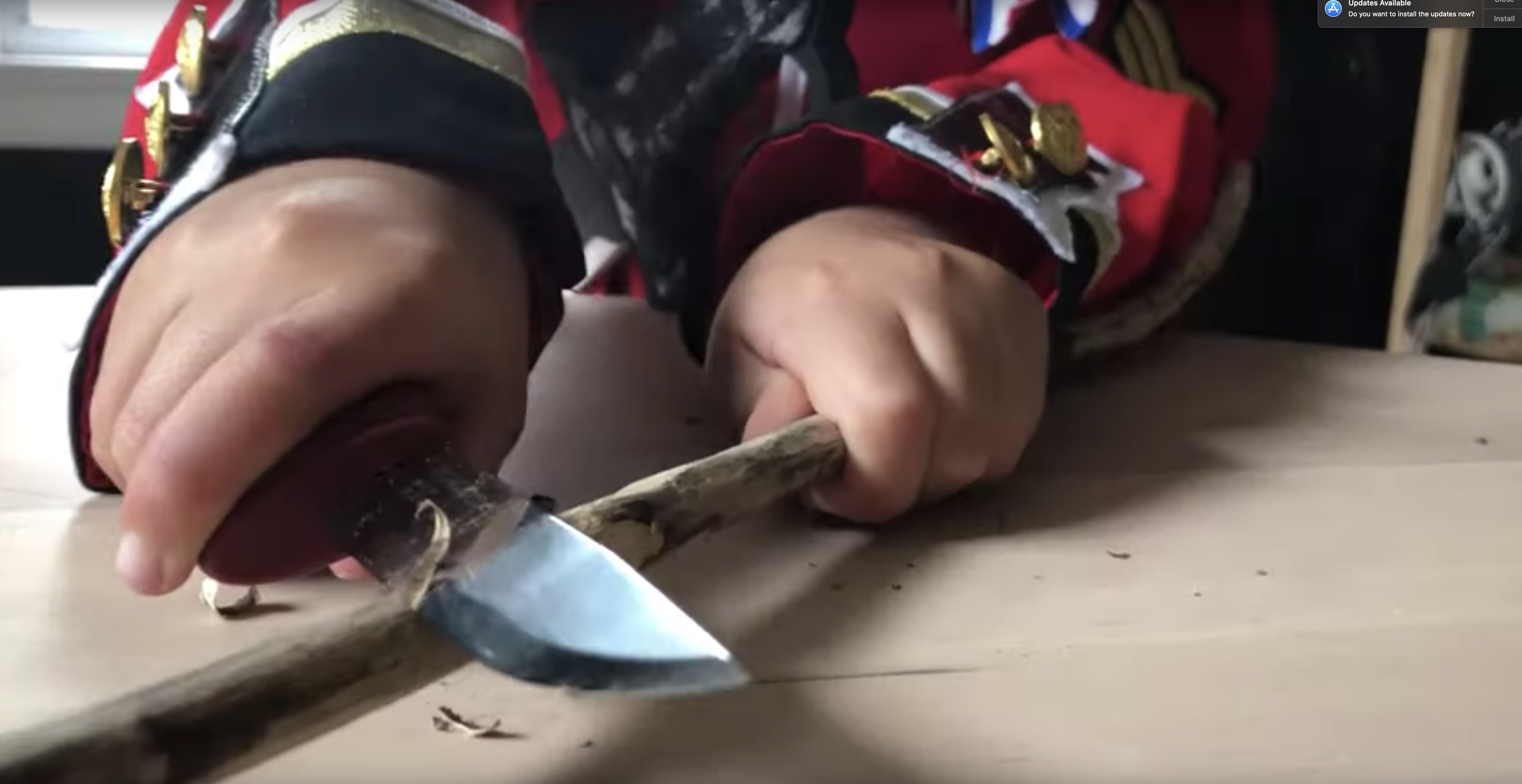

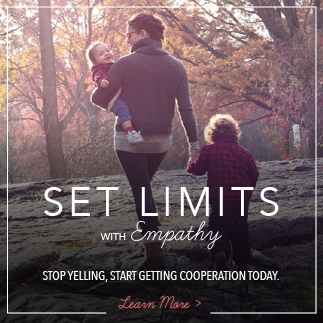
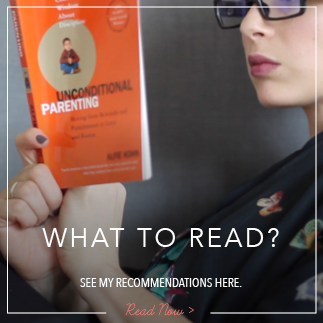
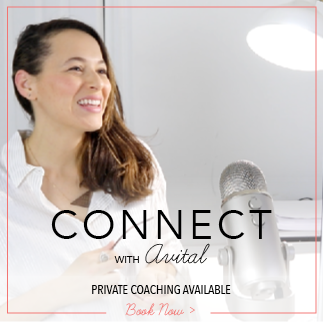


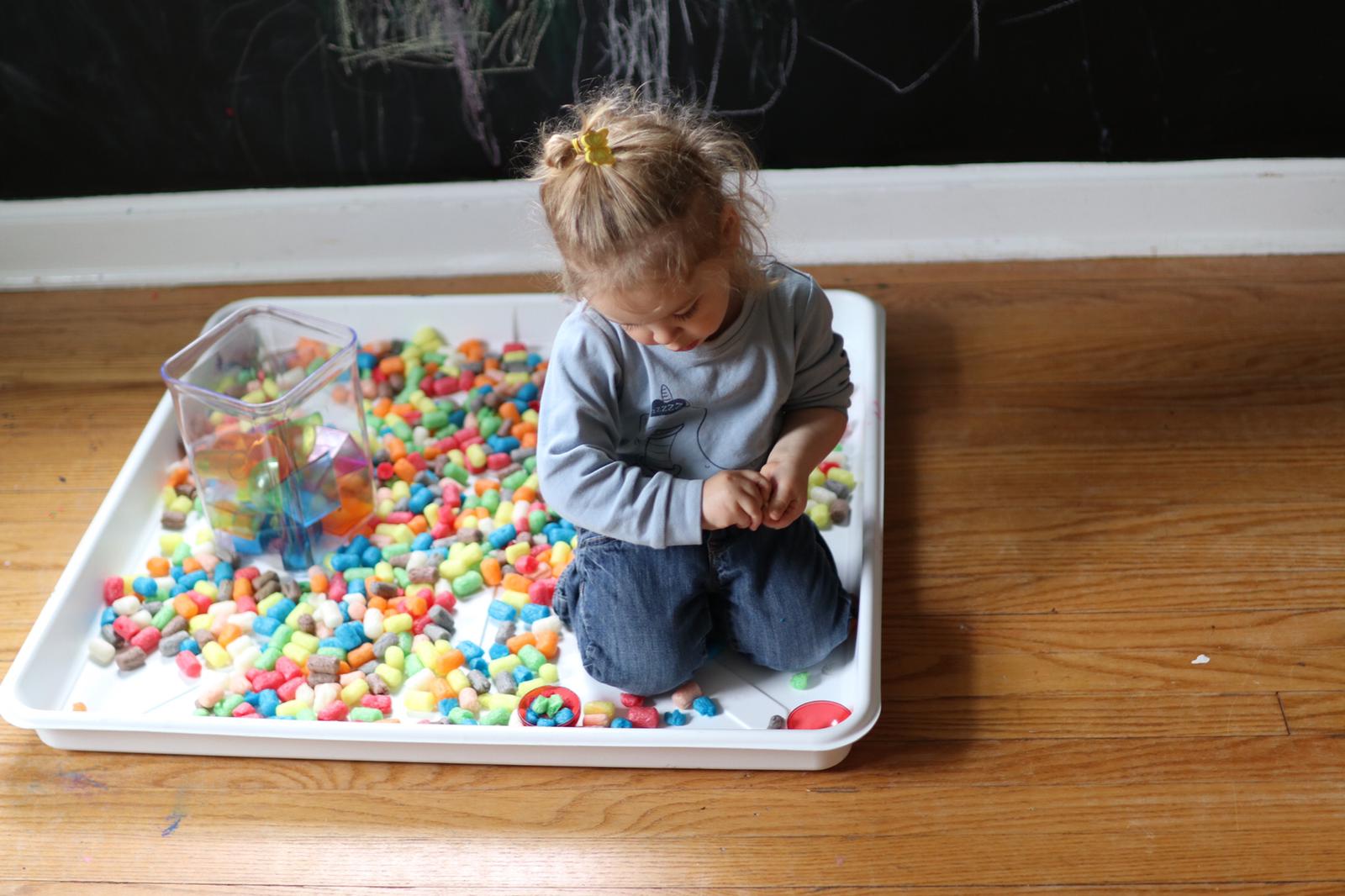
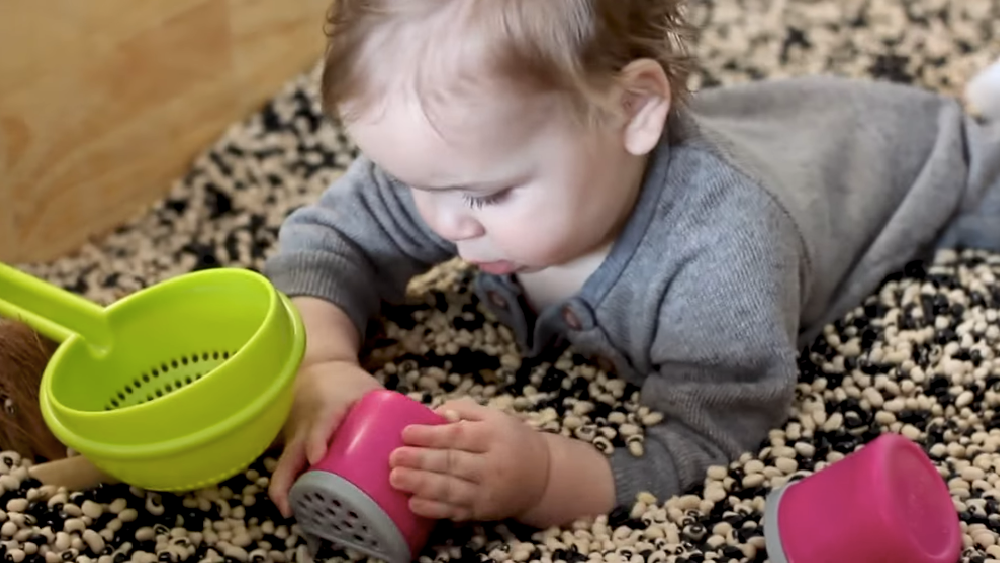
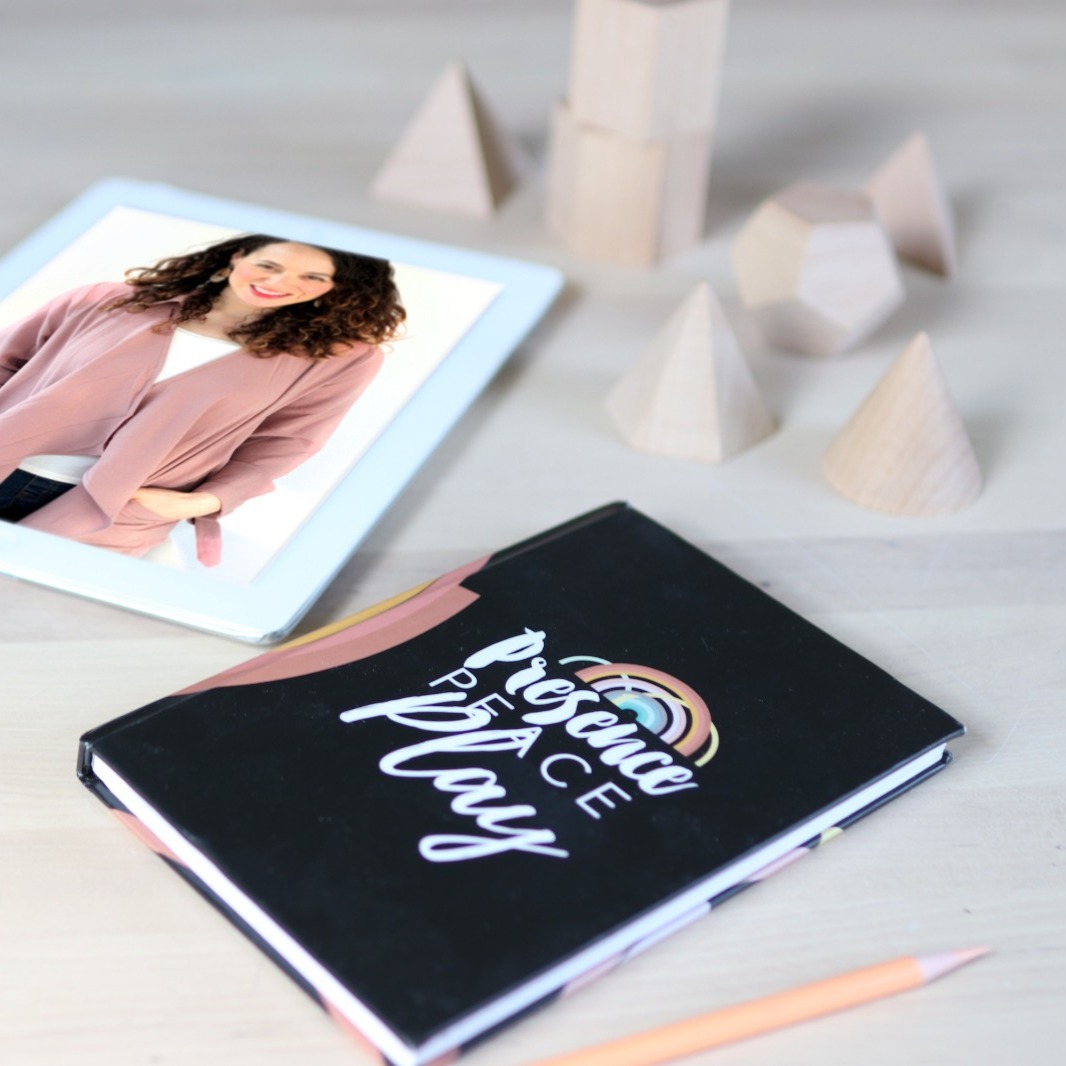
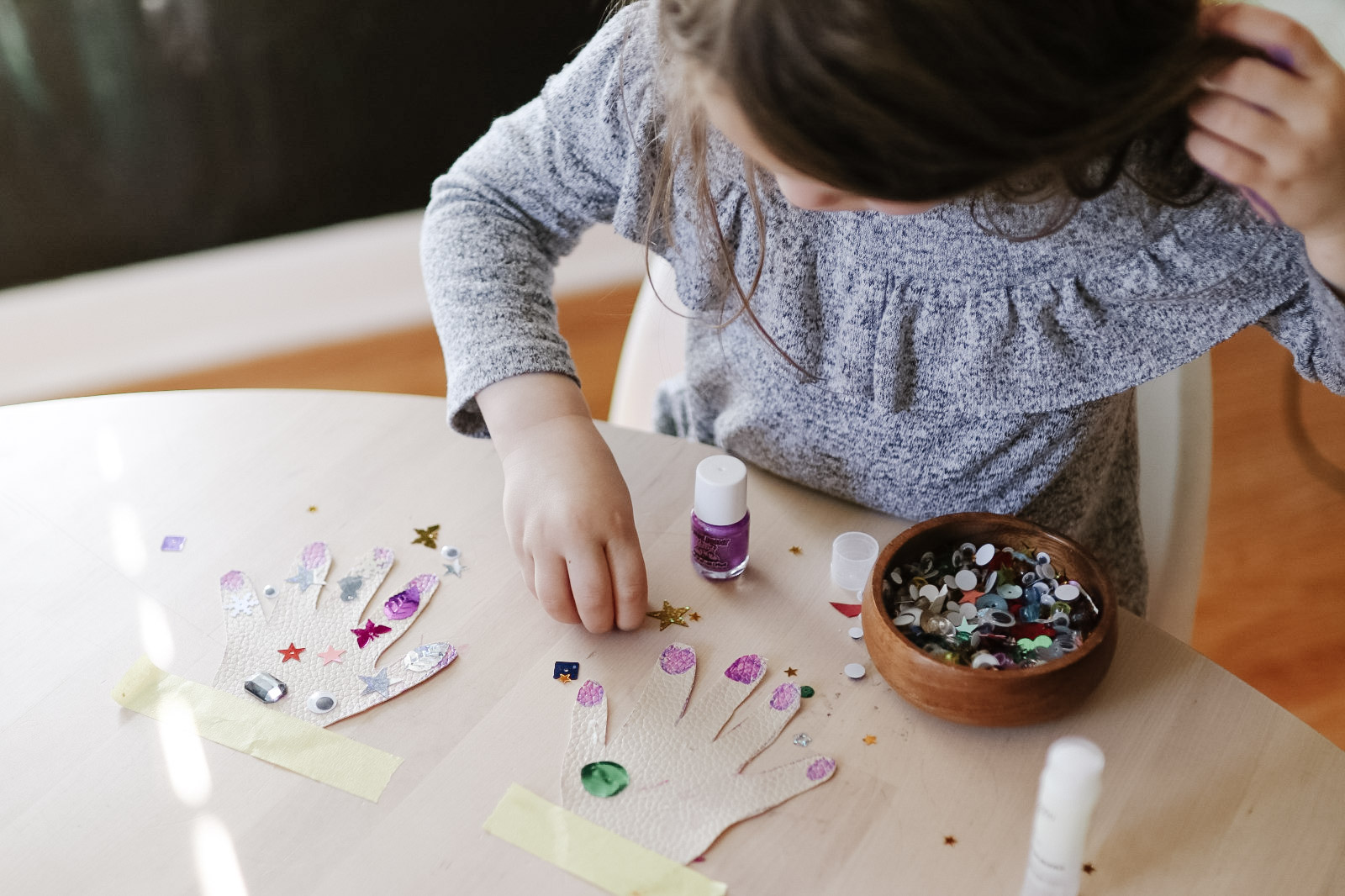
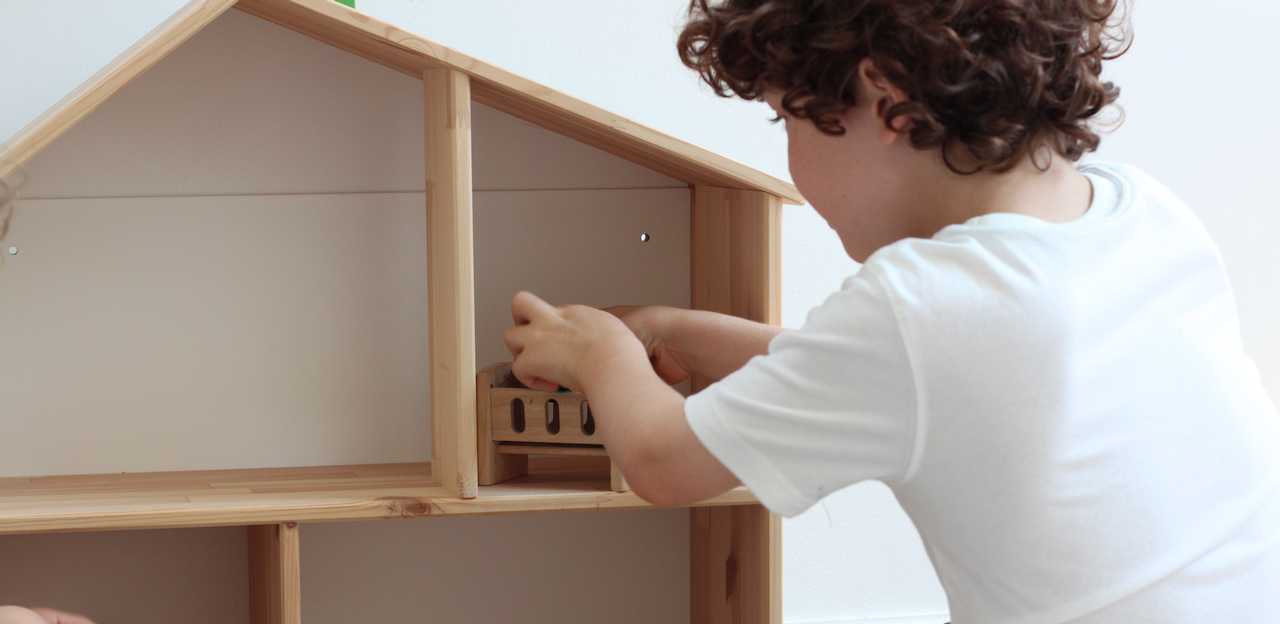

Hi! I really like all your content thank you so much for your amazing work! Allways enlightening my eyes with new great ideas that I want to implement in my life.
A little thing in this video is that It was a little hard to focus on the content because of all the constant angle changes of the camera.. Liked the previous, more simplified version of videotaping.
Hi Avital, I’ve been watching your channel for a long time and I’ve been meaning to give you this feedback for a while, but YouTube is still disabling comments. I love your content and I think you talk about very important things! But lately I feel that your style of videos has changed. It no longer feels like a personal 1 to 1 talk with a friend. It feels more like an ad. I think this is because of the constant camera angle changes. The one where we see the camera filming you is expecially bad because it reminds us we’re not there. It feels staged, edited and rehearsed instead of imersive, spontaneous and real. I also find the generic “motivating” music very distracting, but in the latest video you only used it in the intro and outro, so that’s an improvement! Of course the clips where you show the kids playing are always lovely. It’s just the 1 to 1 part of the video that I feel should be more YouTube and less TV ad, if that makes sense. That’s just my thoughts! I hope it’s helpful somehow. I’m expecting my first baby right now and I’ll sure use a lot of what I learned with you! Best wishes!
Hello Avital,
Your videos just speak to my heart.
Your message is what I feel deeply everyday and even get frustrated when people around me don’t understand!
You have brought such a breath of fresh air with this topic.
I always felt it was unnecessary to shout ‘be careful’ ,but wouldn’t the people around me judge me I wasn’t being a responsible parent?
Also I’ve been blamed at times when my daughter got hurt and hence have hopped unto the careful bandwagon.
But your videos give me hope and awaken my innate sense of motherhood to thrive!
Deeply grateful for you!
Love the content! So important topic! Every parent (and family) should see this!
I tend to give my son room and freedom to exercise these risky plays, however what I find hard is the reaction and worry of my family members and relatives who keep telling me why I let him do this or that, I shouldn’t, because he will be hurt, lost etc… last time my mom was with us at the playground, my son felt down and hit himself but it was not bad. She was totally shocked, and kept telling me how much she dislikes playgrounds… second case was when we were in a restaurant we know well and I let my son go alone to the toilet and back without any help (he told me he can go by himself). My sister was questioning me instantly. They tell me stories how much kidnapping happens so I never should let him go independently alone. I know this is a dangerous world we live in, things happen, but I dont want to live in that fear. I want to trust my kid and our environment.
Thanks for all the great ideas! Trying to figure out what risks are appropriate for my 2 & 3 yr olds while also getting comments from other people—it’s been challenging 😅..
Also, I don’t mind the new style you’re trying out, although I hope it’s not too much extra effort bc the old way was also good (bc the content is always so good.) I mostly appreciate when you add in the snippets of your kiddos showing examples of whatever you are talking about etc.. Thank you for being willing to share that with us bc it is so valuable to see..